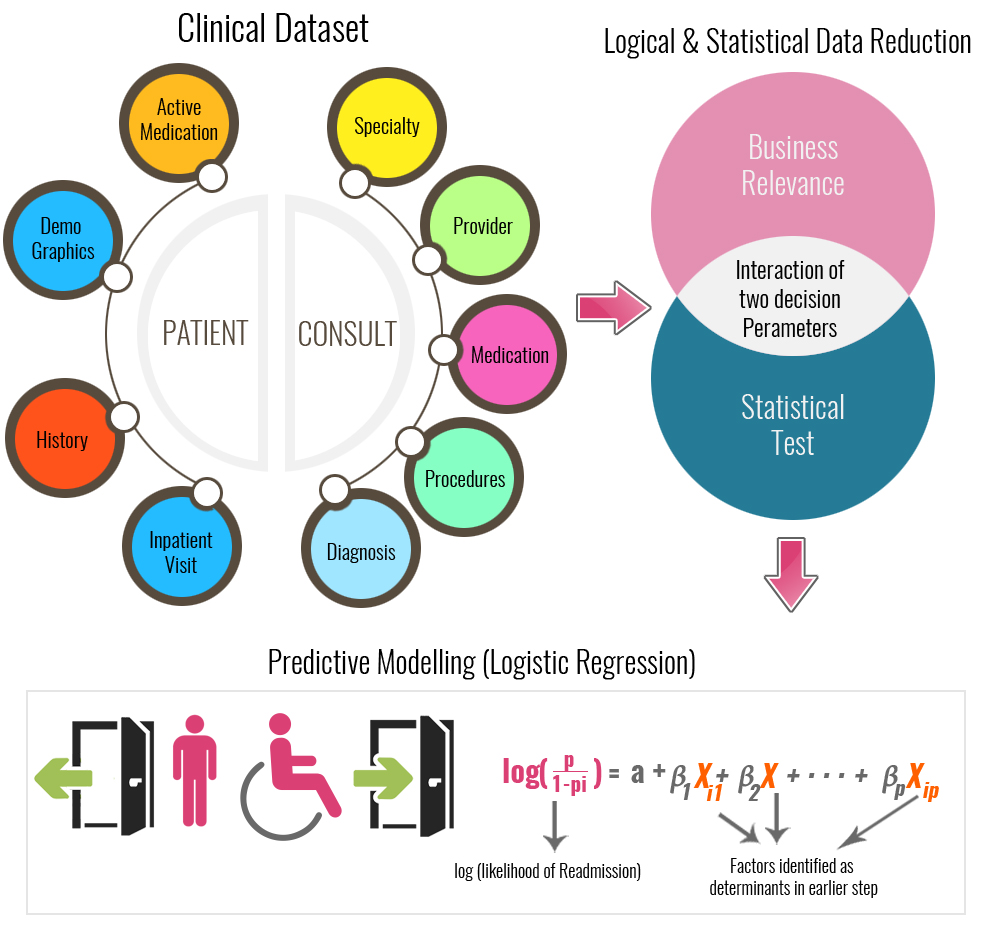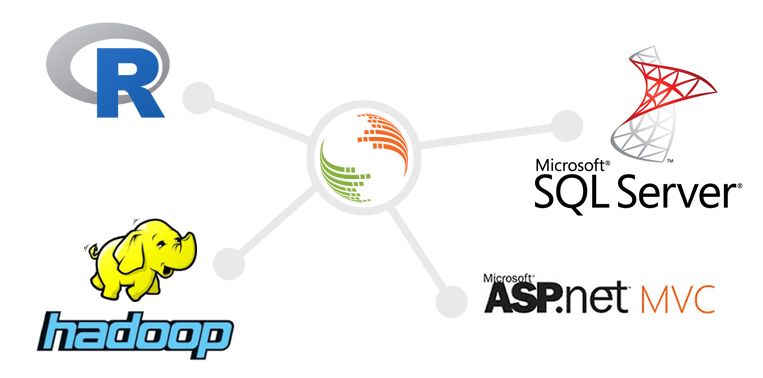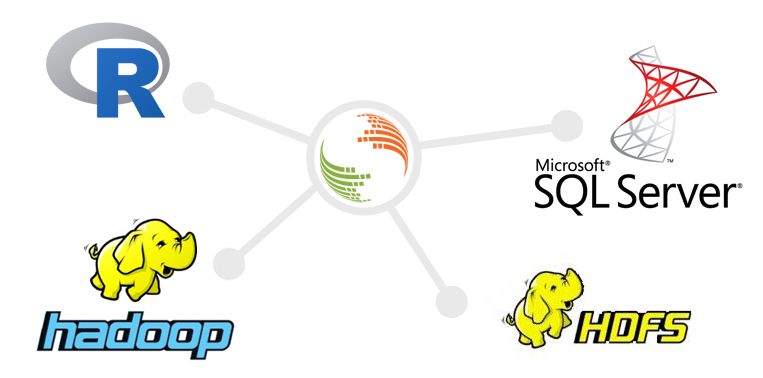
Hospital Readmissions Reduction Program (HRRP)
Leading healthcare technology company provides IT platform and End-to-End product suite to enable the ACOs and
collaborative care. Our web-based healthcare data analysis and mining tools that help improve quality and effectiveness of care, and provide
predictive trends for cost-effective decision making.
Business Goals
Medicare penalties for re-admissions are for 4 years now, and a record number of hospitals are incurring fines. Hospitals are now being
penalized for 30-day readmissions of patients with certain lung ailments and those who underwent an elective knee or hip replacement
and treatments, in addition to established penalties involving readmissions for heart failure, heart attack and pneumonia. Hospitals with
the highest readmission rates, fines can range up to 3% of total Medicare payments. The goal is to improve patient care thus reduce
readmission fines.
Solution
RPL has built a highly intuitive data analytics and predictive modeling for Medi-Code to empower ACOs to identify and take more
care of high-risk patients thus avoiding readmissions.
Features
- Created a special Care Transitions Program that used a Logistic Regression predictive model to select patients for follow-up
- Advanced neural architecture (constraint satisfaction) to train model learn patterns of re-admittance
- Uses multiple statistical tools (t-test and regression)
- Model adaptable to other clinical conditions
- Ability to handle large volumes of data
- Technology independent
Results
Produced Score charts represent re-admittance. Patients with high re-admittance probability received more care resulting into
reducing readmission rates by 11% in the first year itself
- Enhanced overall quality and efficiency of care
- Expand customer base
- Reduce readmission rates
- Increase revenues and profits
Technology

Driver Absenteeism
One of the world’s leading public transport operators. Develops tailored mobility solutions (automatic metros, tramways,
trains, buses, coaches, ferries, self-service bicycles) adapted to local environments. Currently Keolis is present in 16 countries.
Business Goals
Due to a sporadic and sudden absenteeism of drivers / mechanics, Company has lot of chaos when allocating duty every day. As a result,
Company is spending lot dollars on Overtime and also losing trust sometimes when employees are not ready for their duty on time. The
management team wanted to find out if they can predict absenteeism behaviors of their drivers and mechanics
Solution
RPL has integrated predictive modeling into previously built data analytics for Keolis to identify sporadic absenteeism and overtimes.
Features
- Created a Advanced Predict module that used a Random forests and SVM predictive models to identify drivers who have high
probability of being absent
- Advanced neural architecture (constraint satisfaction) to train model learn patterns of absenteeism
- Uses multiple statistical tools (t-test and regression)
- Leverage comprehensive data to balance supply and demand
- Fast, seamless integration of large volumes of multisource data
- Technology independent
Results
Reduced driver overtimes and Improved On-time performance
- Improved overall satisfaction by 9%
- Improved customer trust
- Increased revenue and profit
- Reduced over-time costs
Technology



